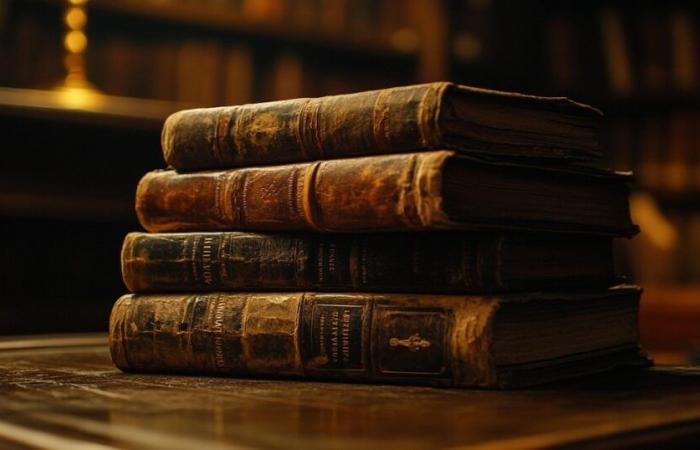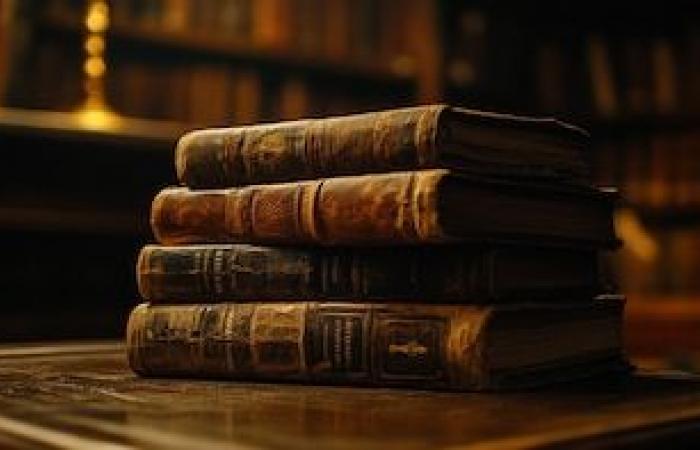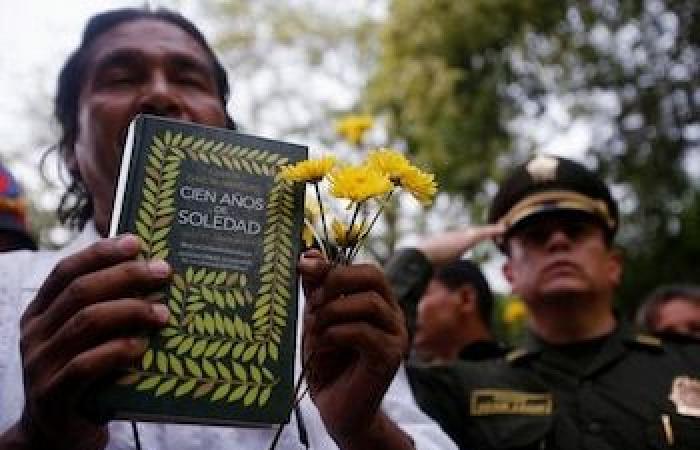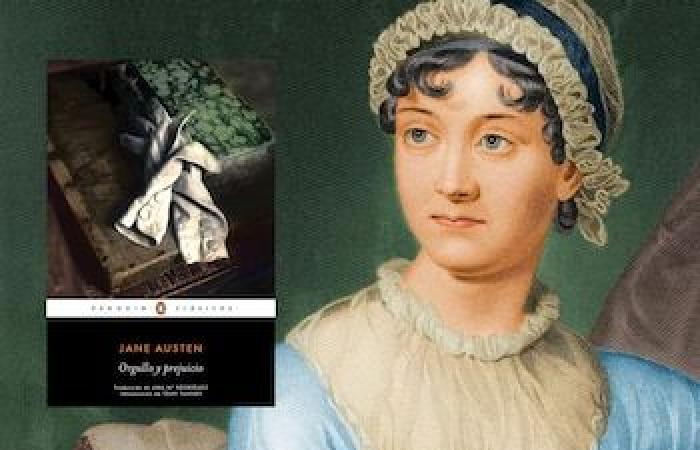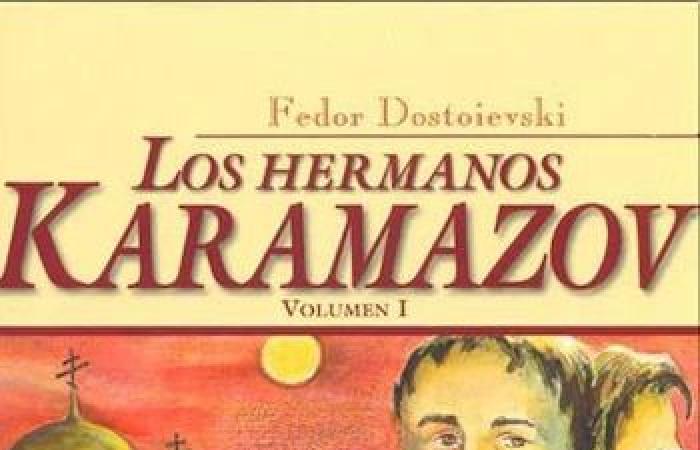Choosing what books reading is a decision that is usually marked by personal taste, close recommendations or trends of the moment. However, There is a frequent question among those who approach literature from a broader interest: What are the works that should not be missing in a reading life? That is, what books are considered fundamental?
From that question, artificial intelligence systems have been used to identify patterns in thousands of reading lists recommended by libraries, universities, editorials and media for Building a list of books whose reading appears more frequently associated with general cultural formation.
Artificial intelligence does not propose these titles as the “best” or as unique. Select them based on their recurrence, translations, mentions in educational programs, influence on other works and their role in public discussions. The result is a list of five books considered essential for their ability to cross times and contexts.

Published in 1949, this book presents a society controlled by a regime that supervises all aspects of private and public life.
The figure of the Big Brother and the concepts of surveillance, language manipulation and rewriting of history have had a strong impact on current debates about privacy and freedom.
The novel It is used as a reference in political studies, cultural analysis and technology debates and state control. It appears regularly in curricula and has been translated into more than 60 languages.

Since its publication in 1967, it has been recognized by literary and academic institutions as a representative work of Latin America.
It tells the history of the Buendía family in the town of Macondo, and It has been read as a symbolic synthesis of historical, social and political processes of the region. It is among the most studied works in universities of the Spanish -speaking world and has been translated into more than 40 languages.
The Nobel Prize for Literature awarded to its author in 1982 is largely related to the impact of this work.

It’s about one of the foundational epic of Western literature. Composed in ancient Greece around the seventh century ac, He recounts the return of the Odysseus hero to his home after the Trojan War.
Its narrative structure, characters and themes have been retaken by authors of various eras. The work is part of the canon of classical literature and is usually included in courses of humanities, philosophy and comparative studies. Its influence has been recognized in disciplines that range from mythology to narrative theory.
Published in 1813, it has been the subject of literary analysis for its representation of social and family relations in nineteenth -century England.

Also It has been included in gender and culture studies for its approach to class roles and marriage in concrete historical contexts.
The work remains part of the curriculum in multiple universities and has had numerous adaptations in film, theater and television, which contributes to its validity as a cultural document.
Published in 1880, this novel focuses on the conflict between faith, moral, responsibility and justice, through the history of a Russian family.

He is frequently studied in philosophy, theology and literature for the depth of his approaches to good, evil and freedom. It has been cited as one of the most important influences for authors of the twentieth century, including Albert Camus and Jean-Paul Sartre.
In academic bibliographies about Russian narrative and existential thinking, this work constantly appears.
These five books appear repeatedly as central references in global reading training. Without establishing hierarchies, or replacing the individual choice, They represent examples of works that have been recognized for their impact beyond their original contexts And that, according to multiple coincident sources, it is worth reading at least once in life.

